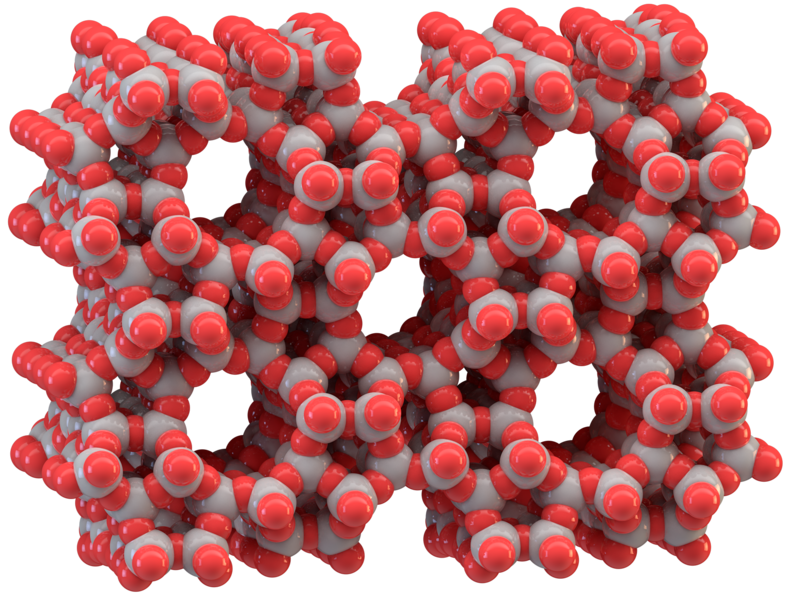WHAT IS ZEOLITE
Zeolites are microporous, aluminosilicate minerals commonly used as commercial adsorbents and catalysts. The term Zeolite was originally coined in 1756 by Swedish mineralogist Axel Fredrik Cronstedt, who observed that upon rapidly heating the mineral stilbite, it produced large amounts of steam from water that had been adsorbed by the mineral.
He called the mineral Zeolite from the Greek (zeo) meaning “to boil” and (lithos) meaning “stone”.
Zeolites have a high cation exchange capacity and a porous structure that can accommodate a wide variety of cations, such as Sodium (Na+), Potassium (K+), Calcium (Ca2+), Magnesium (Mg2+) and others. These positive ions are rather loosely held and can readily be exchanged for others in a contact solution.
Natural Zeolites form where volcanic rocks and ash layers react with alkaline groundwater. Zeolites also crystallize in post-depositional environments over periods ranging from thousands to millions of years in shallow marine basins.
Zeolites are the aluminosilicate members of the family of microporous solids known as “molecular sieves.” The term molecular sieve refers to a particular property of these materials i.e., the ability to selectively sort molecules based primarily on a size exclusion process. This is due to a very regular pore structure of molecular dimensions.



